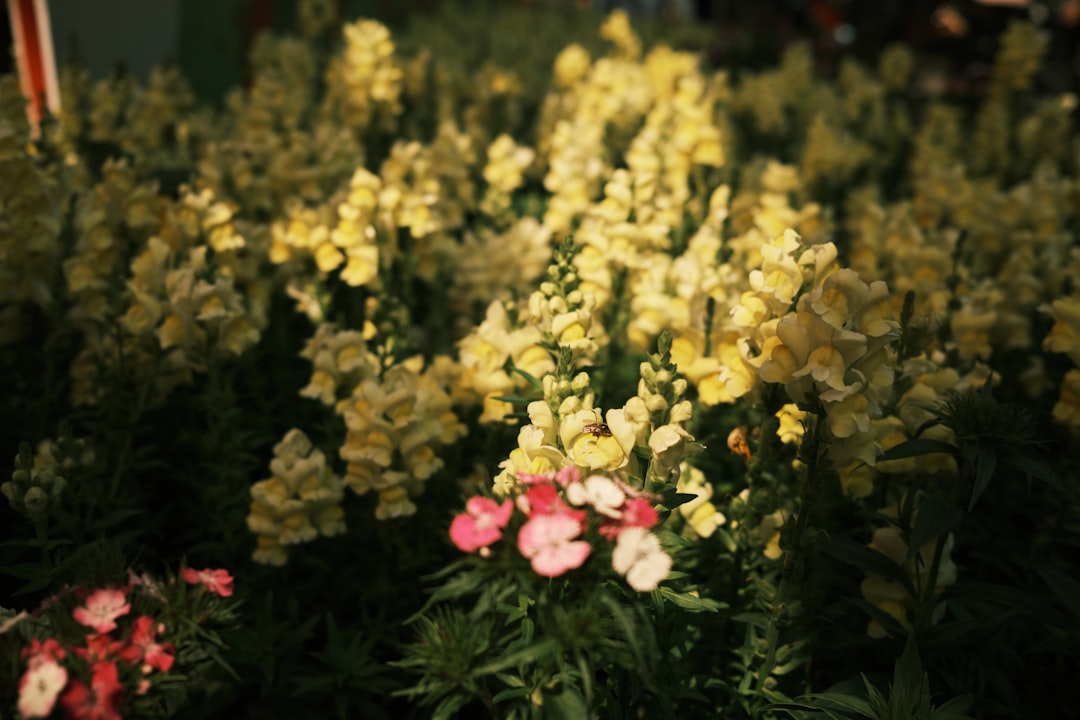The Secret to Flourishing Papyrus in Your Garden

When it comes to landscaping, few water plants can match the charm and versatility of papyrus. This easy - care plant has the potential to transform your outdoor space into a lush, tropical oasis, especially in warm climates where it can stay outdoors all year long. In this article, we'll explore essential tips on growing papyrus to ensure it thrives in your water garden.
Understanding Papyrus
Papyrus, scientifically known as Cyperus papyrus, is a sedge plant that has a long and rich history. It was used by the ancient Egyptians to make paper, boats, and mats. In modern times, it is highly valued for its ornamental qualities in water gardens. The plant features tall, triangular stems topped with clusters of fine, thread - like rays, giving it a unique and elegant appearance.
Choosing the Right Location
One of the first steps in growing papyrus is selecting the ideal location. Papyrus loves sunlight. It requires at least 6 - 8 hours of direct sunlight per day. In a warm climate, a south - facing or west - facing spot in your water garden is perfect. However, if the sun is too intense during the peak summer months, some light afternoon shade can prevent the plant from getting scorched.
It's also important to place papyrus in an area where it has enough space to grow. The plant can reach heights of 3 - 10 feet, depending on the variety, and it spreads out horizontally as well. Make sure there is no overcrowding from other plants that could block its sunlight or impede its growth.
Water Requirements
As a water plant, papyrus has specific water needs. It thrives in wet conditions and can even be grown in standing water. If you're growing papyrus in a pond, it should be planted in a container with holes at the bottom to allow water to flow freely. The container can be submerged in the pond, with the water level reaching about 2 - 6 inches above the soil line.
If you don't have a pond, you can grow papyrus in a large, shallow container filled with water. Change the water every 1 - 2 weeks to keep it fresh and oxygenated. This helps prevent the growth of algae and other harmful organisms that could damage the plant.
Soil and Fertilization
Papyrus prefers rich, loamy soil. A good quality potting mix designed for aquatic plants is ideal. You can also add some organic matter, such as compost or well - rotted manure, to the soil to provide additional nutrients.
Fertilization is important for the healthy growth of papyrus. Use a slow - release fertilizer formulated for water plants. Apply the fertilizer according to the package instructions, usually once every 2 - 3 months during the growing season (spring and summer). Avoid over - fertilizing, as this can lead to excessive growth and may make the plant more susceptible to pests and diseases.
Pruning and Maintenance
Regular pruning helps keep papyrus looking its best. Remove any dead or yellowing stems and leaves as soon as you notice them. This not only improves the plant's appearance but also prevents the spread of diseases.
During the winter months in a warm climate, papyrus may slow down its growth. You can reduce the frequency of fertilization and water changes slightly. However, make sure the plant still has access to enough sunlight and water.
Pest and Disease Control
While papyrus is generally a hardy plant, it can be affected by some pests and diseases. Common pests include aphids and spider mites. You can control these pests by spraying the plant with a gentle stream of water or using an insecticidal soap.
Diseases such as root rot can occur if the plant is over - watered or if the water quality is poor. To prevent root rot, make sure the soil has good drainage and the water is clean. If you notice any signs of disease, such as wilting or discolored leaves, remove the affected parts immediately and adjust the growing conditions.
In conclusion, growing papyrus in your water garden can be a rewarding experience. By following these essential tips on location, water, soil, fertilization, pruning, and pest control, you can enjoy the beauty of this unique water plant year - round in a warm climate. Transform your outdoor space into a stunning landscape with the addition of papyrus.